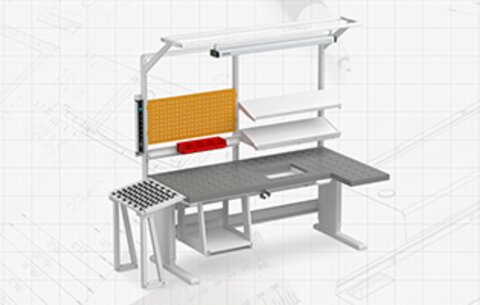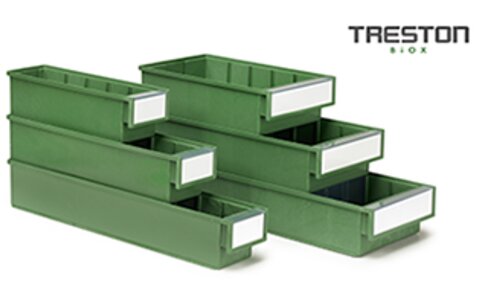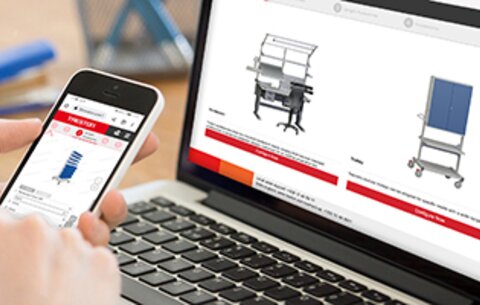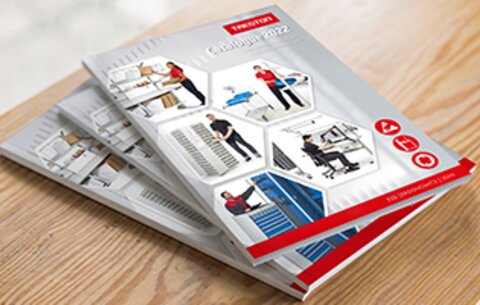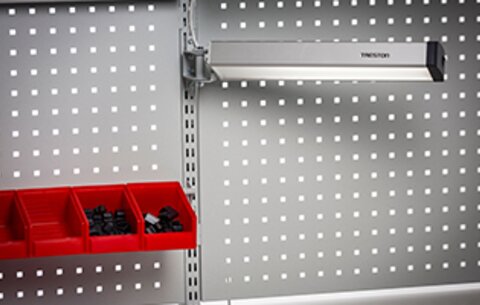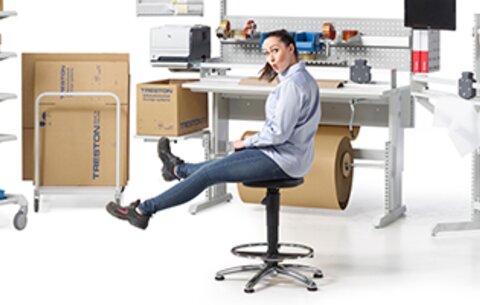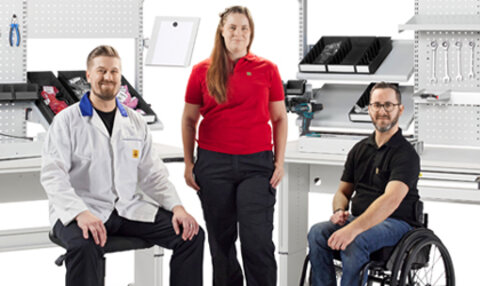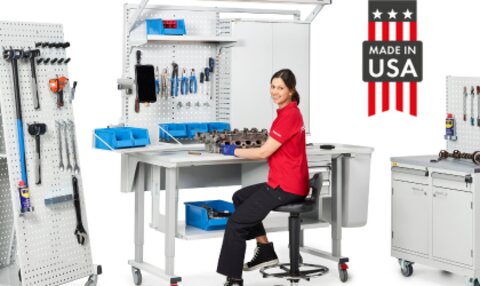

Workplace Exercises: Enhancing Ergonomics and Preventing MSDs
Understanding the Importance of Workplace Ergonomics
Ergonomics is the science of designing the workplace to fit the worker, considering their physical capabilities and limitations. It aims to create an environment that promotes efficiency, comfort, and safety, ultimately enhancing productivity and reducing the risk of injuries. Poor ergonomics can lead to MSDs, which are disorders affecting muscles, tendons, ligaments, and other soft tissues, resulting from repetitive tasks, awkward postures, and forceful movements.
Desk Exercises
a. Neck Stretches:

Sit up straight with feet flat on the floor and shoulders relaxed. Slowly tilt your head to one side, bringing your ear towards your shoulder. Hold the stretch for 15-30 seconds, feeling the tension in your neck. Repeat on the other side and do a few sets throughout the day.
b. Shoulder Rolls:

Sit or stand with your back straight and your arms at your sides. Roll your shoulders forward in a circular motion for 10 seconds. Then, roll them backward for another 10 seconds. This exercise helps relieve tension in the shoulders and upper back.
c. Wrist Flexor Stretch:

Extend your arm in front of you, palm facing up. With the other hand, gently bend your wrist downward until you feel a stretch in your forearm. Hold the stretch for 15-30 seconds and switch to the other arm.
d. Seated Leg Raises:
While sitting, straighten one leg and hold it in the air for a few seconds. Lower it back down and repeat with the other leg. This exercise helps improve circulation and reduces the risk of blood pooling in the legs.
Stand-Up Exercises
a. Wall Push-Ups:

Stand facing a wall with your palms flat against it at shoulder height. Step back slightly and lean towards the wall, bending your elbows. Push yourself back to the starting position. Perform 10-15 repetitions to strengthen the chest and arms.
b. Standing Hip Hinge:
Stand with feet shoulder-width apart and knees slightly bent. Place your hands on your hips and slowly hinge forward from the hips. Keep your back straight and stop when you feel a gentle stretch in your hamstrings. Hold for 15-30 seconds and return to the starting position.
c. Calf Raises:

Stand with your feet flat on the floor. Raise your heels off the ground, lifting your body weight on the balls of your feet. Lower back down and repeat for 10-15 repetitions. This exercise helps strengthen the calves and improve ankle stability.
Stretching Routine
a. Full-Body Stretch:

Stand up and interlace your fingers, turning your palms outward. Reach your arms above your head, lengthening your spine. Stretch upward for 15-30 seconds, feeling the stretch through your whole body.
b. Hamstring Stretch:
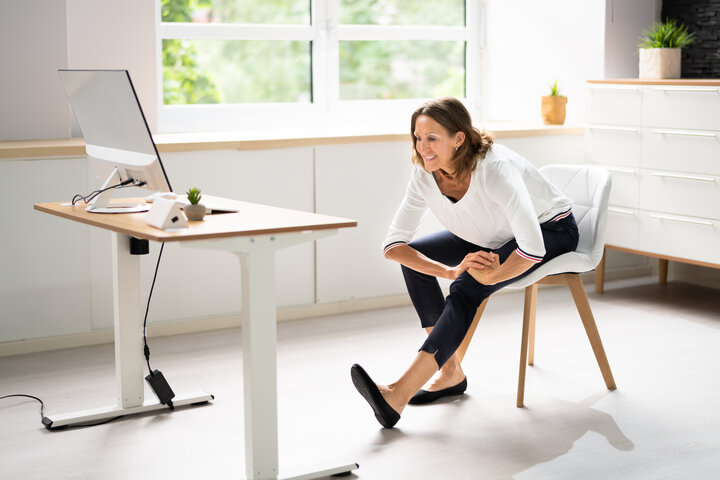
Sit on the edge of your chair and extend one leg straight out in front of you. Reach towards your toes, keeping your back straight and feeling the stretch in your hamstrings. Hold for 15-30 seconds and switch to the other leg.
c. Chest Opener:
Sit or stand with your back straight. Clasp your hands behind your back and lift your arms slightly, opening up your chest.Hold for 15-30 seconds, feeling the stretch in your chest and shoulders.
Workplace exercises are a simple yet effective way to improve ergonomics and prevent MSDs among employees. By incorporating these exercises into the daily routine, individuals can alleviate discomfort, enhance flexibility, and strengthen muscles crucial for maintaining good posture. It is essential for employers to promote a culture of wellness in the workplace by encouraging regular exercise breaks and providing ergonomic workstations. Ultimately, by investing in the health and well-being of their workforce, organizations can experience increased productivity, reduced absenteeism, and a more positive and thriving work environment for all.


